(a.k.a. Are You Helping to Improve Strategy Execution Where It’s Most Needed?)
For decades HR has been searching for the right ways to make strategic contributions to the business. I have my own opinions about how HR can do that, some of which are detailed below and in previous posts (for example, on HR scorecards and on measuring ROI). But even more important than what it should do is what it should not do. HR needs to stop obsessing over making HR processes world class.
Now, to be clear, I am not saying that HR should settle for bad policies and practices. But one of the biggest barriers to HR being a true strategic partner is an over-emphasis on HR “best practice.”
There are a thousand things that can be done to fix existing organizational processes and to help people do their jobs better and be more efficient. On the HR side, managers can give better feedback and help their teams to do their work more efficiently. HR can improve the efficiency and effectiveness of recruiting, onboarding, performance management, and training. And so on.
On the business side, manufacturing processes can be tweaked to reduce waste. Call centers can improve the volume of calls processed per hour to reduce wait times. Procurement can get better prices for raw materials, supplies, and business services. And so on.
Every single process improvement contributes to organizational success even if just a little. But they also have an opportunity cost. There are big gaps in strategy execution that get too little attention when everyone focuses only on making incremental improvements in what they are already doing.
The key is to start with the greatest needs for improved strategy execution. Is it better customer retention? Improved innovation? Increased market share? These challenges keep your senior leaders up at night precisely because they don’t receive enough attention via existing business and HR processes. You should constantly ask yourself, “How is what I’m doing helping to move the needle on those gaps? What is the direct line of sight between what I’m doing and those strategic outcomes?”
HR all too often doesn’t know exactly how to impact the bottom line so it settles for improving existing processes. If we think about the kinds of outcomes HR can achieve, a common distinction is efficiency vs. effectiveness vs. impact. Efficiency is literally about cost and time savings for existing processes: can they be done with minimal waste? Effectiveness is about program design: do the programs as designed accomplish their objectives? For example, are people trained with the intended skills, are rewards differentiated by performance, and are qualified people recruited quickly enough to fill open positions? Impact is the ever-elusive Holy Grail: do the programs have a material impact on the business?
The problem with measuring (and having) impact is that effectiveness does not guarantee impact. Employees might be trained with the intended skills, but those skills may be just what’s needed to keep operations going, not what’s needed to address weaknesses in strategy execution. Rewards may be differentiated by performance rating, but performance rating rarely reflects the missing contributions the business needs to improve competitive advantage. Filling open positions quickly can avoid outages in product and service delivery but do nothing to address needed improvements in innovation.
Because impact is so hard to determine and measure in most cases, HR almost always falls back on efficiency and effectiveness measurements. And that’s where pursuing “perfect” processes sends HR down the proverbial rabbit hole. The usual defense goes something like this: We know we don’t have the absolutely best ways to ensure improved business outcomes, but we know we generally are doing the right thing. And if there’s an established, “best practice” way of doing it, then as responsible professionals it is our duty to follow those best practices.
Examples of supposed HR best practice abound everywhere, from leadership development, to competency models, to compensation and benefits, to recruiting, to talent management, and more. These best practices are determined by HR looking at what generally works for most organizations and pushing for consistent practice across organizations, functions and business units.
The problem lies in the gap between HR effectiveness vs. business impact. What the business really needs is not incrementally better HR practices but a way to color in all the “white space” that isn’t fully addressed by existing programs and policies. What keeps senior business leaders up at night is not worrying about the small ways that HR processes can be made better. It’s the large gaps that aren’t being addressed by what’s currently in place. How do we close the gaps in strategy execution? How do we improve competitive advantage so we can increase market share and margins? How do we improve innovation to open up a lead in the marketplace on our competitors? How do we succeed in new product spaces and emerging global markets?
To address those gaps requires an ability to take a huge step back and look for where things break down in the organizational system. What talent gaps are left uncovered by our current talent recruitment, development and performance management processes? What business processes need bolstering by whatever means necessary, even if that means going against established “best practices” in both HR and operations? What do we need to break (vis-à-vis existing processes) and put back together to accomplish what’s eluding the business today?
People in both HR and the business often focus too much on incremental improvements in existing processes because of the risk-reward tradeoff in your own career. If you can make a certain incremental improvement to existing processes, you can demonstrate a direct – and certain – impact of your decisions on the organization’s bottom line. That helps both the organization and your personal performance rating in a low-risk way. The problem is that improving strategy execution where it’s most needed usually means having to deviate from established processes. That flies in the face of efficiency and incremental improvement – and usually is exactly what is needed to move the needle on strategy execution.
Improving strategy execution where it’s most needed promises a greater return to the bottom line, but with a much less certain chance of success. Many people are risk averse; if left to their own devices to decide where to focus their efforts to improve performance, they choose the easier route of incremental improvements to existing processes. This is one reason why there often is not enough attention paid to improving strategy execution where it’s most needed.



